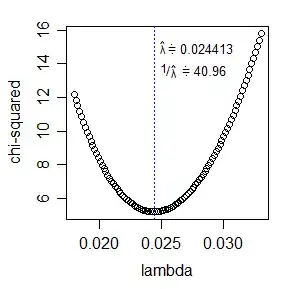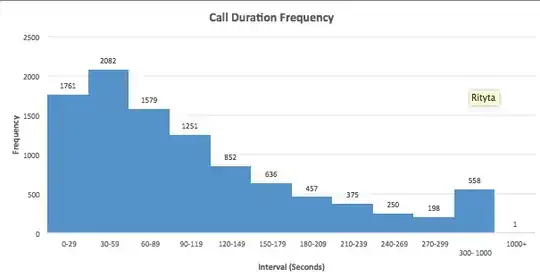I am working on a time series with around 2500 data points. I have used the ADF test to check for the stationarity of the series, the series passed the test and results are shown below

But when I perform ACF and PACF test, there is slow decay of ACF (shown below) which means my time series is non-stationary. So do I have to difference the time series at this point to make it stationary?
